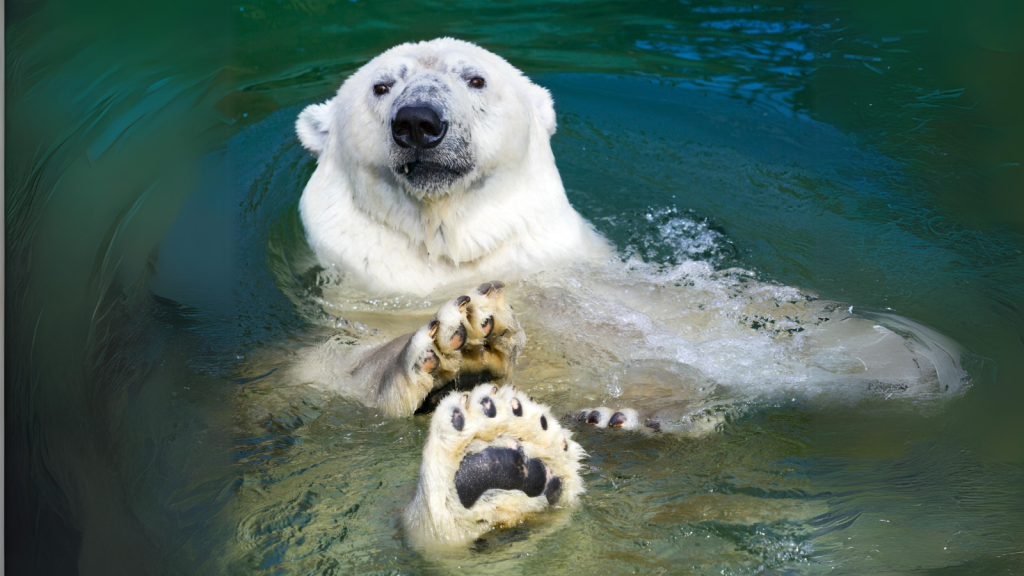Polar bears, the mighty predators of the Arctic, might seem invincible, but even these powerful creatures face threats in their icy kingdom. While they sit atop the food chain, various factors and creatures can pose significant challenges to their survival. From other formidable predators to tiny parasites, polar bears must contend with a range of natural enemies. These creatures are so important to their ecosystems, yet they’re facing an increasing number of threats.
I’ll never forget, as a kid, going to the local natural history museum and seeing this poor, sad, moth-eaten taxidermied polar bear with the bullet wound still visible on his chest. While it was supposed to be a thing of wonder and awe, this terrible beast frozen in an eternal rearing and roaring pose, I found it sad and honestly quite traumatic. This beautiful creature once full of life and vitality killed and stuffed to be gazed upon by countless greedy humans who all paid the price of admission. So sad and a pretty grotesque. Here’s a look at 15 natural enemies that polar bears encounter in their harsh, frozen habitat.
Killer Whales
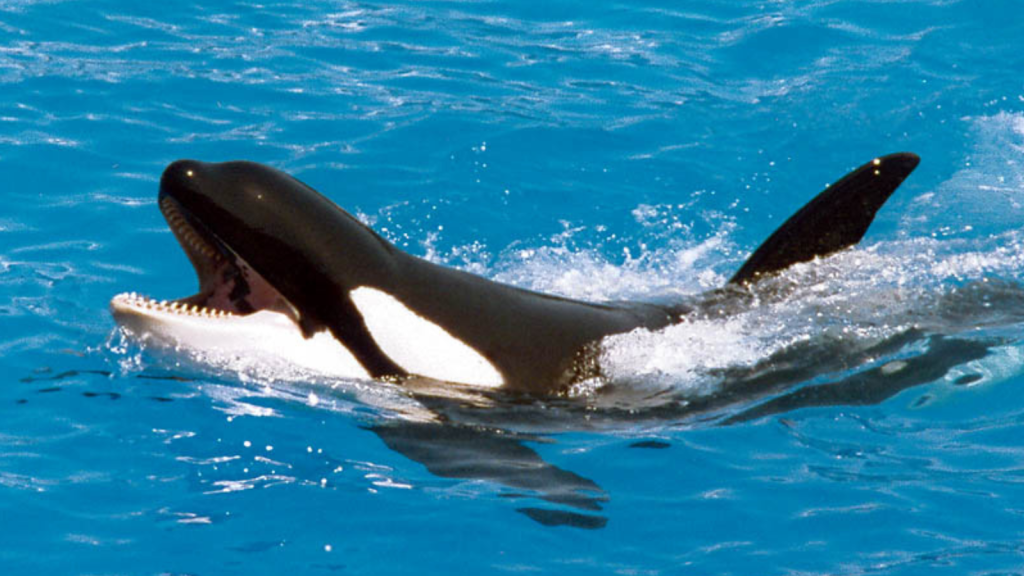
Killer whales, or orcas, are one of the few animals that can pose a direct threat to adult polar bears. These intelligent marine mammals are known to hunt polar bears swimming between ice floes. Orcas use their superior speed and agility in water to overwhelm even the strongest swimmers. In some areas, killer whales have been observed deliberately tipping ice floes to dislodge resting polar bears. As sea ice diminishes due to climate change, polar bears are forced to swim more frequently, potentially increasing their vulnerability to orca attacks.
Adult Male Polar Bears

Surprisingly, one of the biggest threats to polar bears comes from within their own species. Adult male polar bears sometimes kill and eat cubs, young bears, and even adult females. This behaviour is more common when food is scarce. It’s thought to be a way for males to eliminate competition and potentially bring females back into breeding condition. Infanticide can account for up to 65% of cub deaths in some polar bear populations.
Walruses
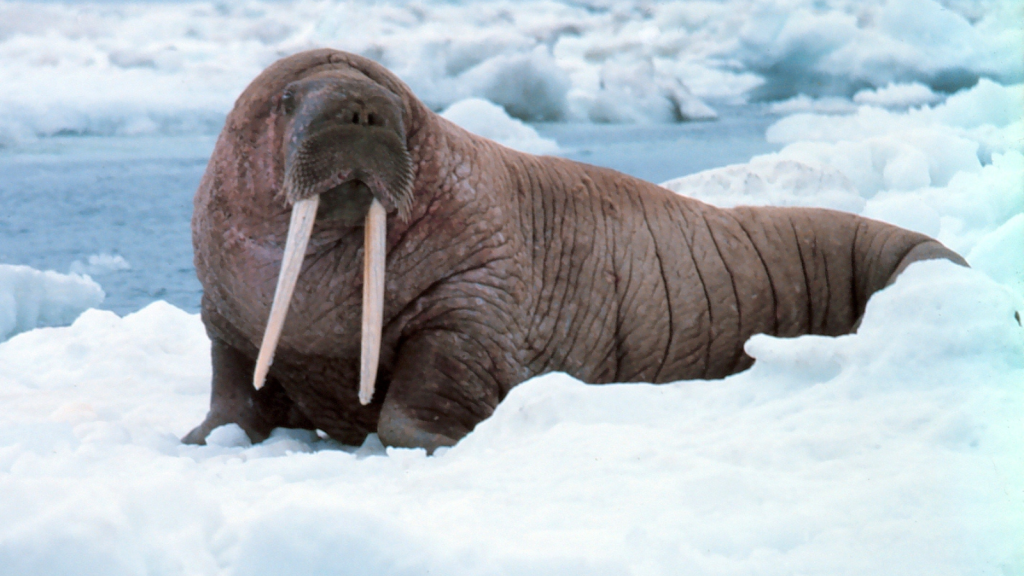
While polar bears often hunt walruses, these massive marine mammals can turn the tables on their predator. Adult walruses, with their enormous size and sharp tusks, can seriously injure or even kill a polar bear. Desperate or inexperienced bears attempting to hunt walruses sometimes fall victim to their intended prey’s defensive capabilities. A single blow from a walrus’s tusks can cause fatal injuries to a polar bear.
Parasites
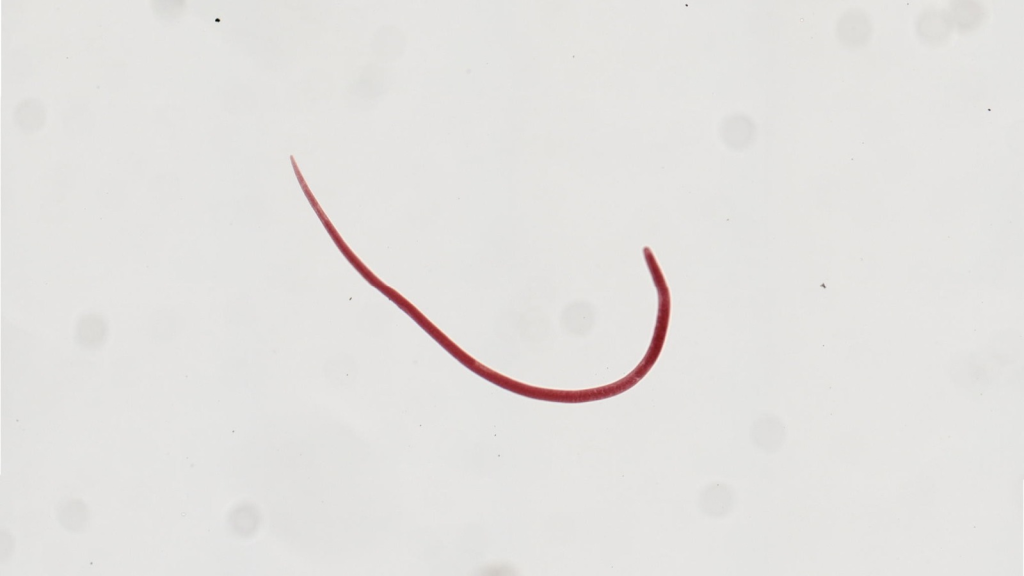
Various parasites pose a significant threat to polar bear health. Trichinella, a parasitic worm, can infect bears when they eat infected seal meat. These parasites can cause muscle pain, fever, and in severe cases, death. Climate change is potentially increasing the prevalence of parasites in the Arctic, putting more pressure on polar bear populations. Toxoplasma gondii, another dangerous parasite, has been found in polar bears and is linked to cat faeces washing into the ocean from populated areas.
Bacteria and Viruses
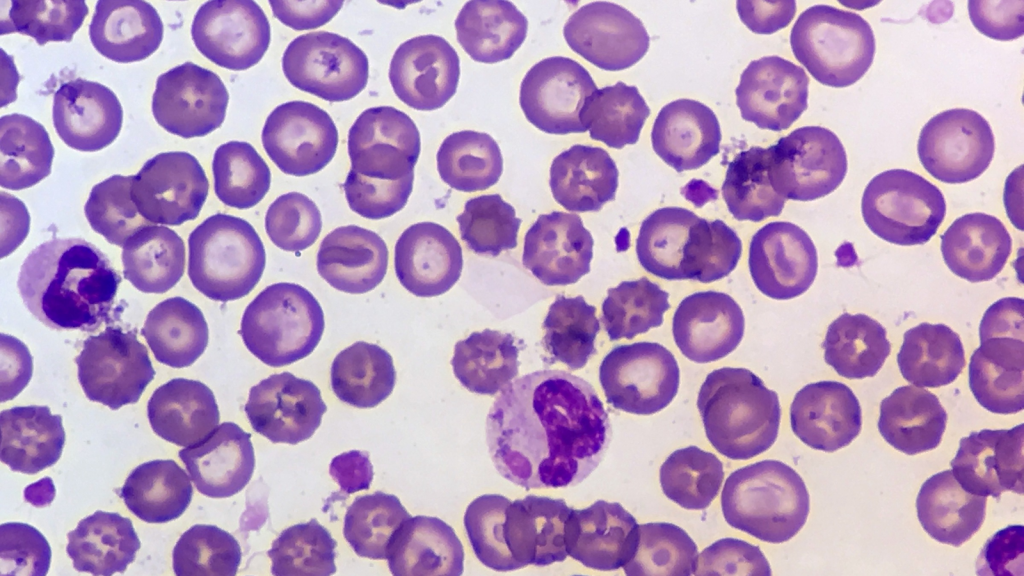
Like all animals, polar bears are susceptible to various bacterial and viral infections. Climate change is altering the distribution of pathogens in the Arctic, potentially exposing polar bears to new diseases. Warmer temperatures can also increase the survival and spread of existing pathogens, posing additional health risks to these animals. Canine distemper virus, which can be fatal to polar bears, has been detected in Arctic seal populations, raising concerns about potential transmission.
Starvation
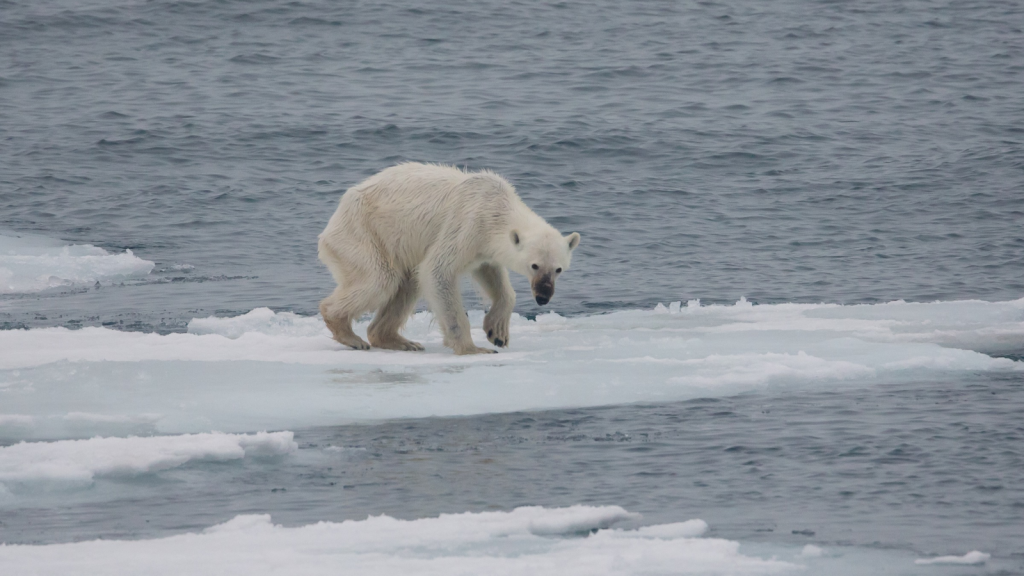
While not a living enemy, starvation is a significant threat to polar bears. As climate change reduces sea ice, bears have less access to their primary prey: seals. Longer ice-free periods force bears to fast for extended times, leading to malnutrition and potential starvation. This is particularly dangerous for pregnant females and young bears. Studies have shown that in some populations, polar bears are becoming smaller and less healthy due to reduced access to food.
Drowning
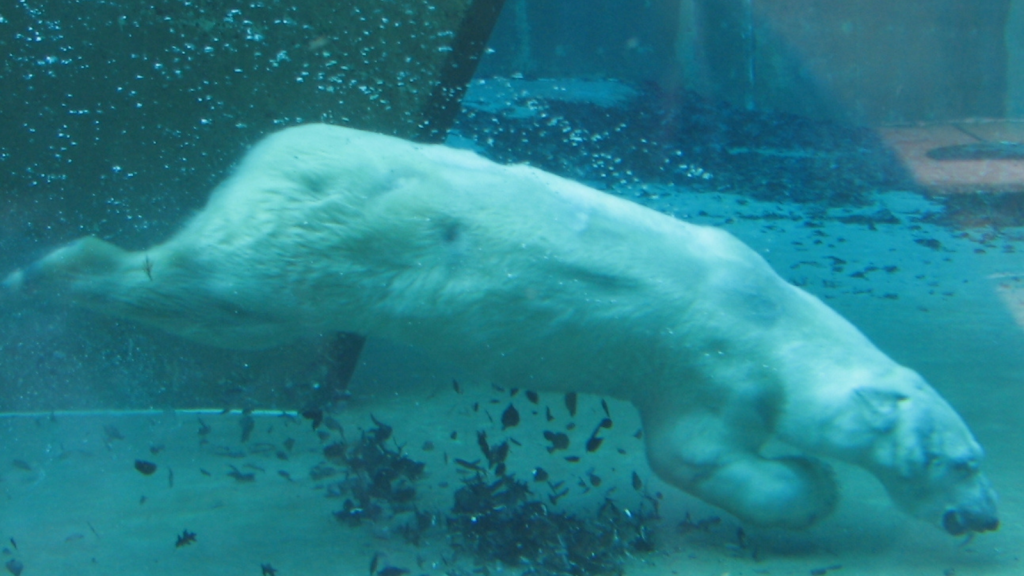
As sea ice diminishes, polar bears must swim longer distances between ice floes. This increases their risk of drowning, especially in rough seas or storms. Young bears and cubs are particularly vulnerable to exhaustion during long swims. Even strong adult swimmers can succumb to fatigue in challenging conditions. Researchers have documented swims of up to 220 miles by polar bears, pushing the limits of their endurance.
Hypothermia
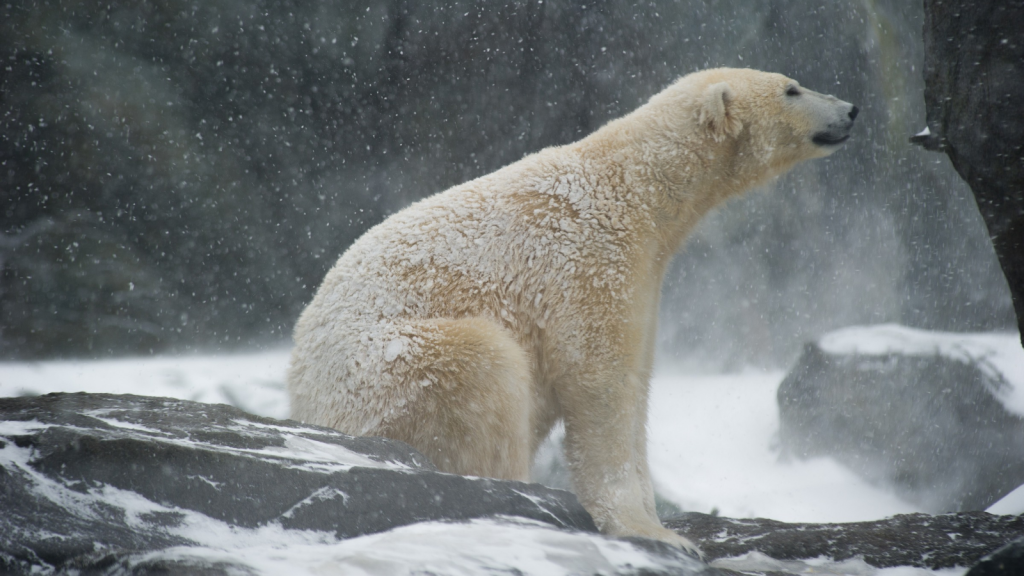
Despite their adaptation to cold, polar bears can still suffer from hypothermia. This is particularly true for cubs and weakened adults. Extended periods in icy water, especially without access to sea ice for rest, can lead to dangerous drops in body temperature. Climate change is increasing the frequency of these risky situations. Polar bears’ thick fur and layer of blubber are less effective at insulating them in water than on ice or land.
Arctic Foxes

While not a direct threat to adult polar bears, Arctic foxes compete for food resources. These clever canines often scavenge polar bear kills, reducing the amount of food available to bears. In times of scarcity, this competition can have significant impacts on polar bear nutrition, especially for younger or weaker individuals. Arctic foxes have been observed following polar bears to scavenge their leftovers, sometimes even stealing food from bear cubs.
Wolves
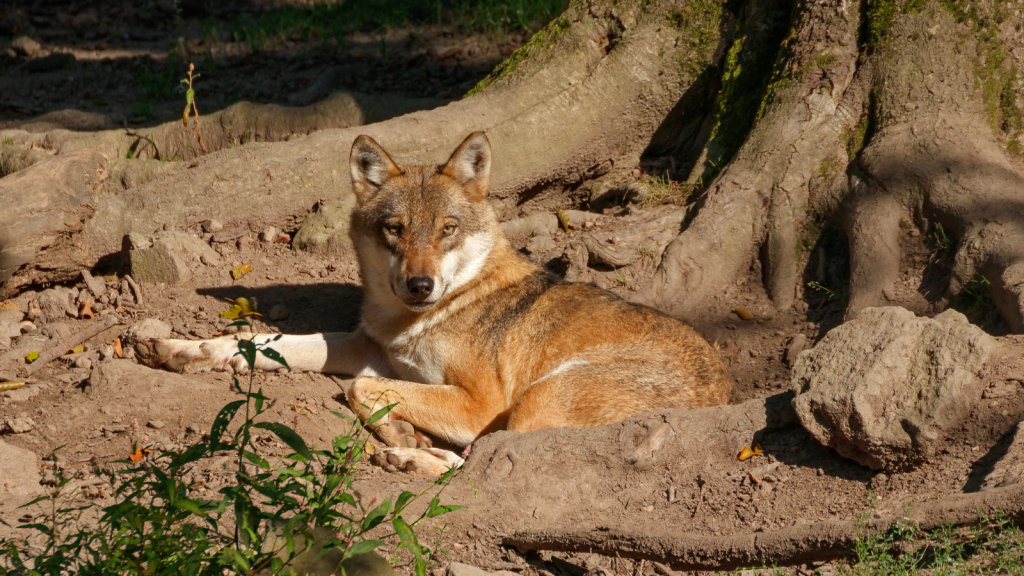
In some parts of their range, polar bears may encounter wolves. While wolves don’t typically hunt adult polar bears, they can pose a threat to cubs or weakened individuals. Wolves have been observed scavenging polar bear kills, creating competition for food resources in challenging Arctic environments. As climate change alters habitats, there’s potential for increased overlap between wolf and polar bear territories, leading to more frequent interactions.
Greenland Sharks
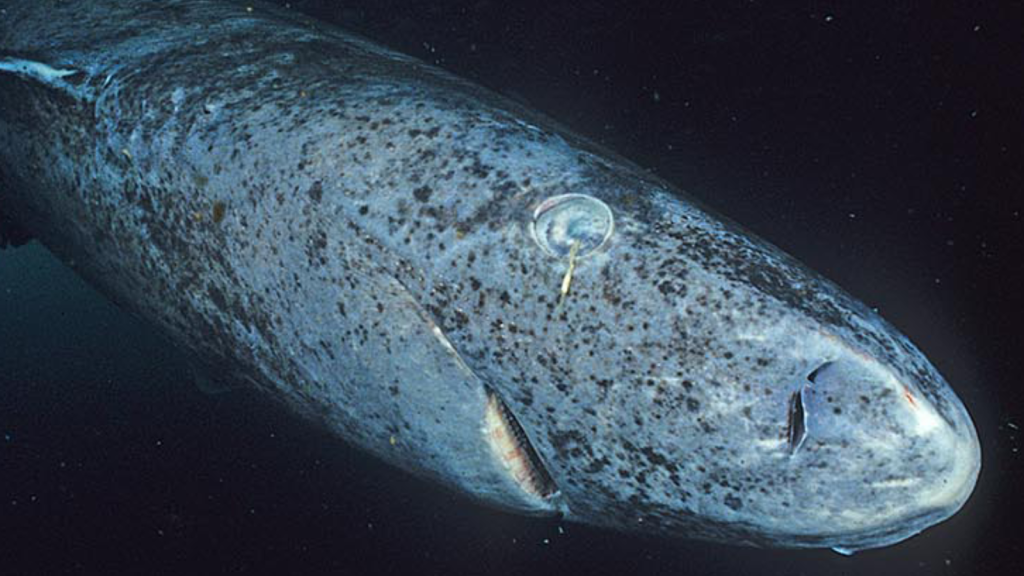
These slow-moving but persistent predators have been known to prey on polar bears. While attacks are rare, Greenland sharks can take advantage of bears swimming between ice floes. Their large size and powerful jaws make them formidable opponents in the water, where polar bears are at a disadvantage. Greenland sharks have been found with polar bear remains in their stomachs, confirming that they occasionally prey on these Arctic giants.
Gulls and Ravens
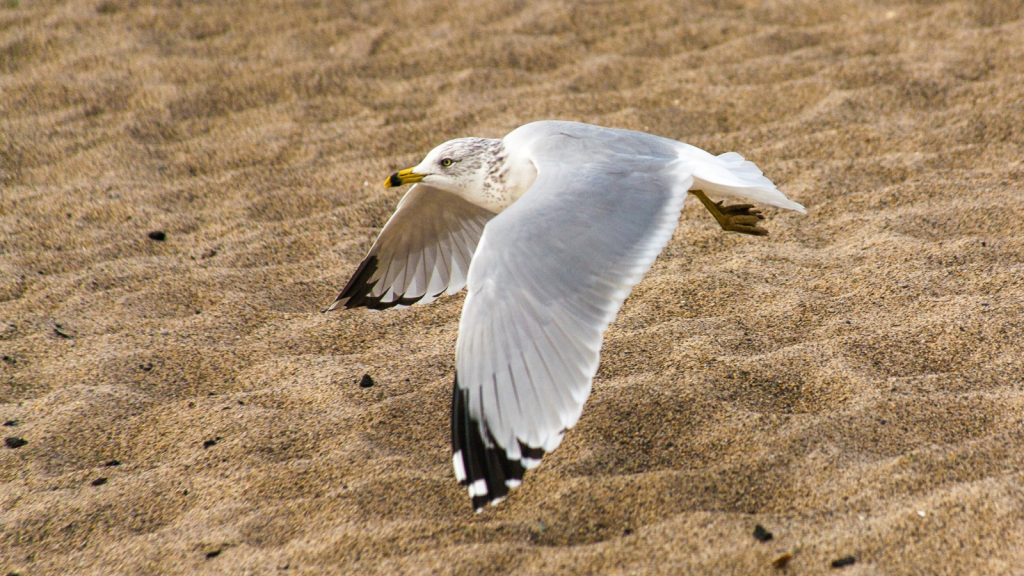
While not direct predators, seabirds like gulls and ravens can harass polar bears and steal their food. These birds are known to mob bears, pecking at them and creating stress. In situations where food is scarce, the loss of even small amounts of a kill to scavenging birds can impact a bear’s nutrition. Some birds have been observed following polar bears on hunts, waiting to scavenge any leftover seal remains.
Mosquitoes and Flies
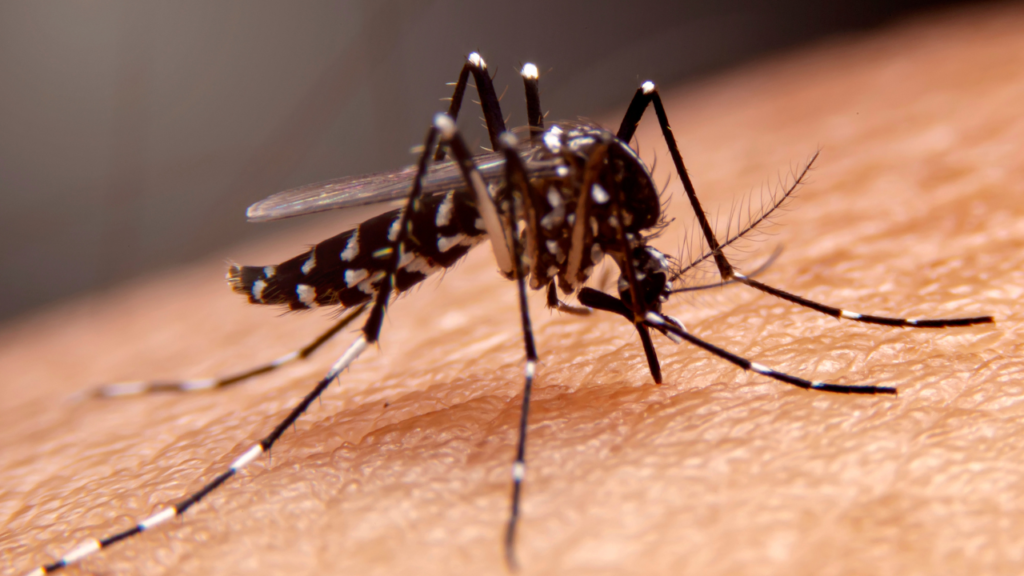
The Arctic’s brief summer brings swarms of biting insects. While not life-threatening, these pests can cause significant discomfort and stress to polar bears. Large numbers of mosquitoes and flies can drive bears to seek relief in water or on ice, potentially disrupting their hunting or resting patterns. Climate change is extending the Arctic summer, potentially increasing the duration and intensity of insect harassment for polar bears.
Seal Claws and Teeth
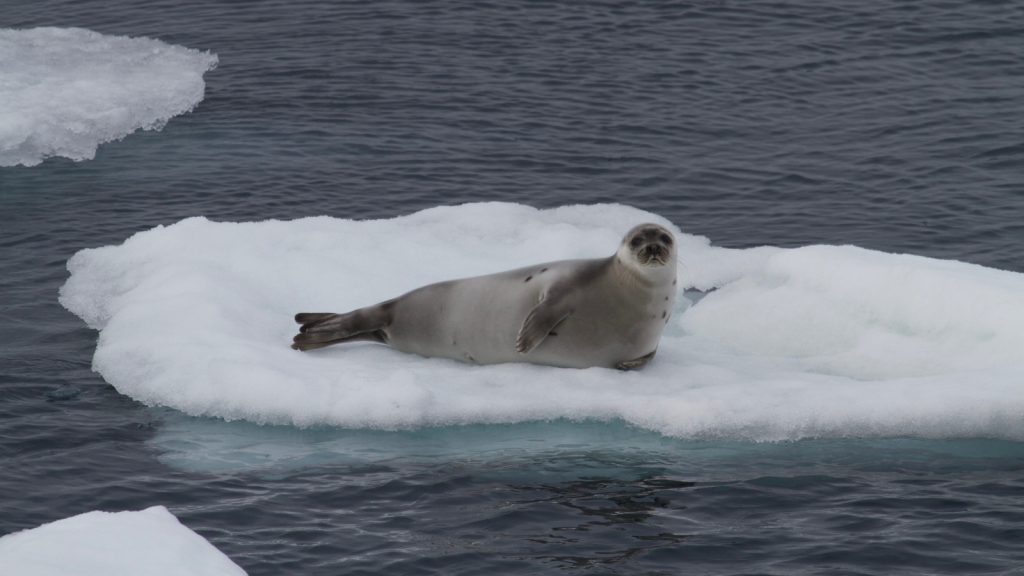
Seals, the primary prey of polar bears, don’t go down without a fight. Their sharp claws and teeth can inflict painful wounds on attacking bears. While rarely fatal, these injuries can impair a bear’s hunting ability or lead to infections. Young or inexperienced bears are especially vulnerable to injury from struggling prey. Injured bears may have difficulty hunting, leading to a cycle of weakening that can ultimately threaten their survival.
Thin Ice
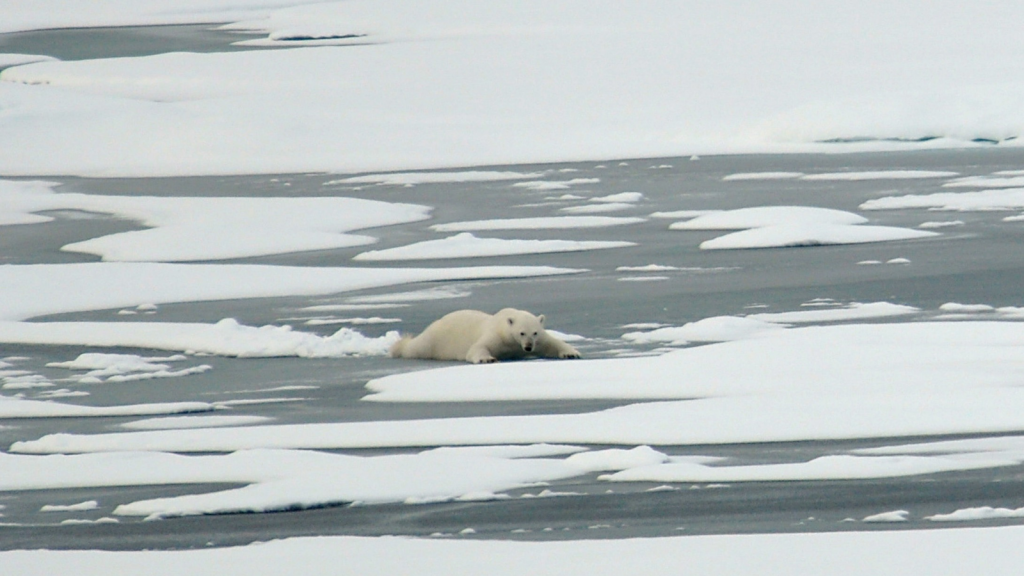
The thinning sea ice due to climate change poses a constant danger to polar bears. Bears can fall through weak ice, risking injury, hypothermia, or drowning. The unpredictability of ice conditions in a warming Arctic makes travel and hunting increasingly perilous for these ice-dependent predators. Satellite data shows that Arctic sea ice is declining at a rate of about 13% per decade, significantly impacting polar bear habitat and survival strategies.

